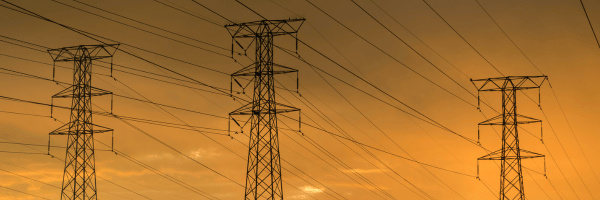
Taking advantage of upfront incentives from government and utility programs, businesses in the Northeast are rapidly adopting electric technologies for buildings, industrial processes, and vehicle fleets, reducing their dependence on fossil fuels. This shift—primarily driven by the need to enhance operational efficiencies, achieve sustainability goals, and comply with evolving regulations—is transforming how companies approach capital planning and energy consumption. Despite the reduced upfront costs and promises of technological advancements, this growing reliance on electricity can lead to huge increases in operational expenditures (OPEX) due to ‘double trouble.’ This article explores the concept of ‘double trouble’ and shows how strategic implementations of solar and energy storage solutions can help control these costs while enhancing the sustainability benefits of electrification.


